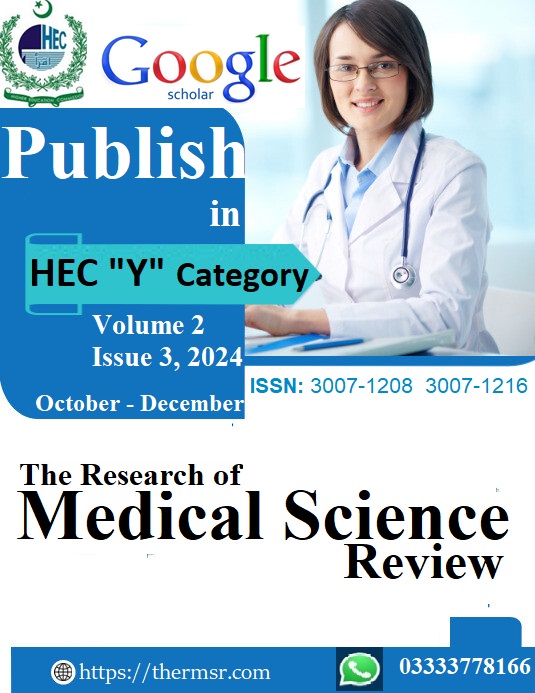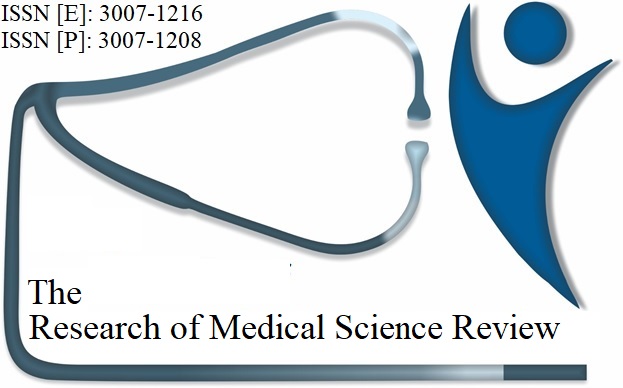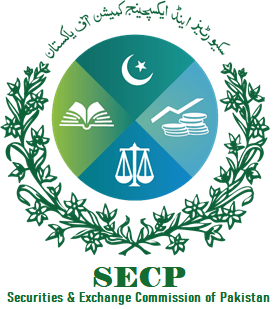COMPARISON OF CHALLENGES FACED BY NURSING LEADERS IN HIGH INCOME AND LOW AND MIDDLE INCOME COUNTRIES: A LITERATURE REVIEW
Keywords:
Nursing leadership,, high-income countries,, low- and middle-income countries,, healthcare challenges,, resource constraints, workforce management, policy influence,, healthcare infrastructure,, leadership development,, global health disparities.Abstract
This literature review examines the challenges faced by nursing leaders in high-income countries (HICs) and low- and middle-income countries (LMICs), highlighting the significant differences in healthcare environments and leadership roles. Nursing leaders in HICs benefit from advanced technology, better resource availability, and more influence over healthcare policies, while their counterparts in LMICs grapple with severe resource limitations, workforce shortages, and inadequate infrastructure. The review explores key themes, including resource availability, workforce management, training, technological integration, policy influence, financial constraints, and socio-cultural barriers. The comparison reveals that nursing leaders in HICs focus on managing specialized teams and adapting to rapid technological advancements, while nursing leaders in LMICs face more fundamental challenges related to limited resources and unstable healthcare systems. Understanding these disparities is crucial for developing targeted global strategies that support nursing leadership in resource-constrained settings, ensuring effective healthcare delivery across diverse economic contexts.
Downloads
Downloads
Published
Issue
Section
License

This work is licensed under a Creative Commons Attribution-NonCommercial-NoDerivatives 4.0 International License.













